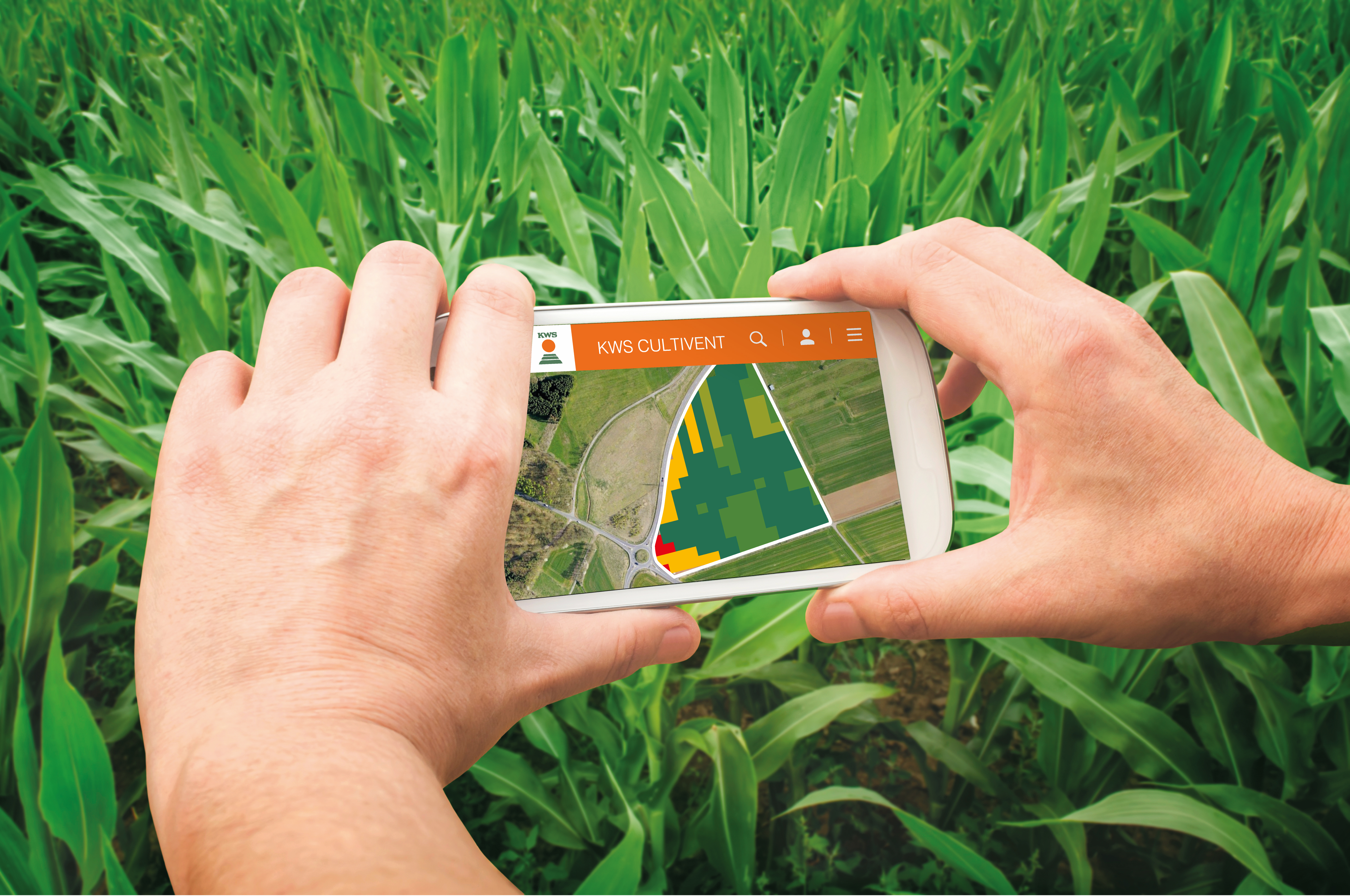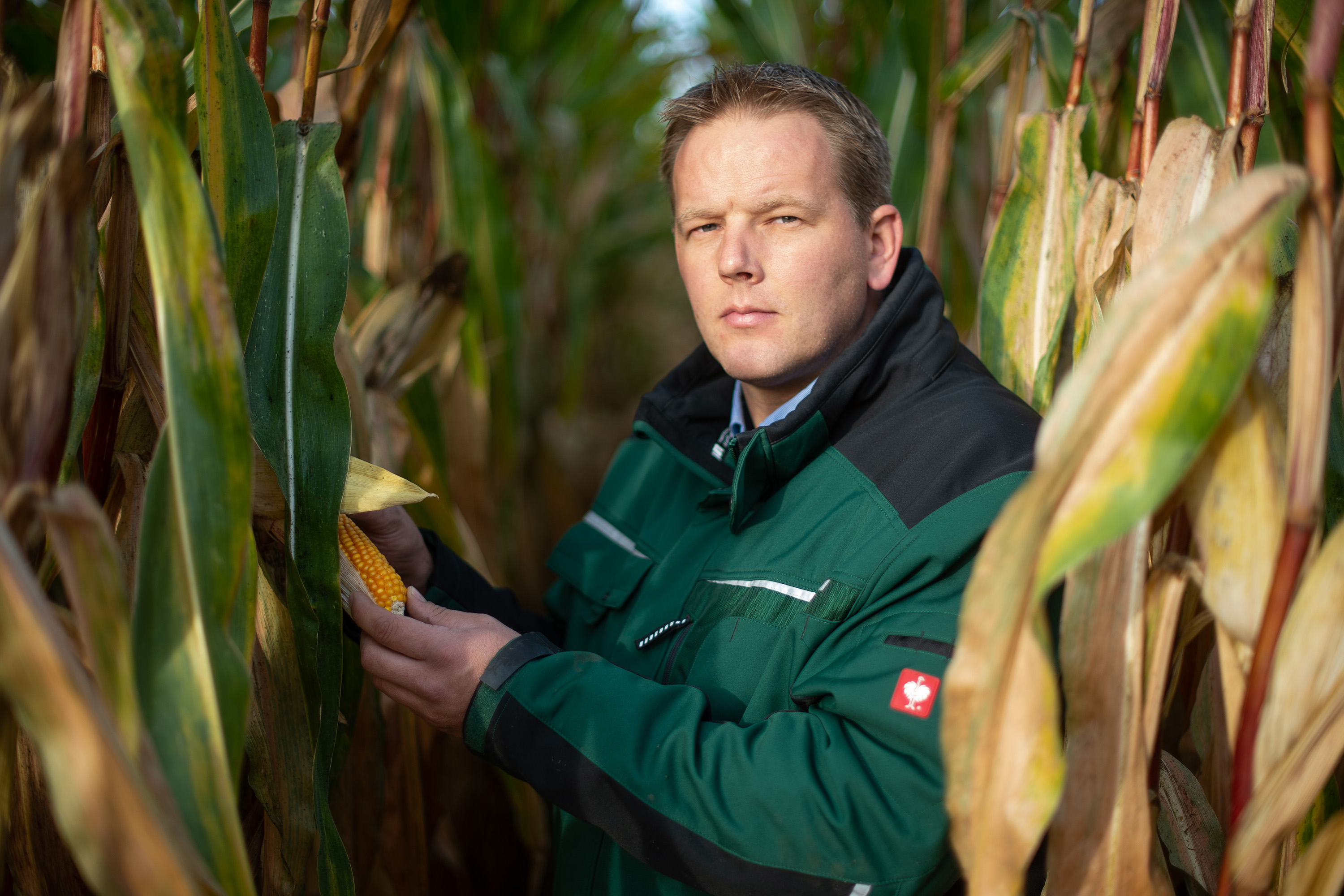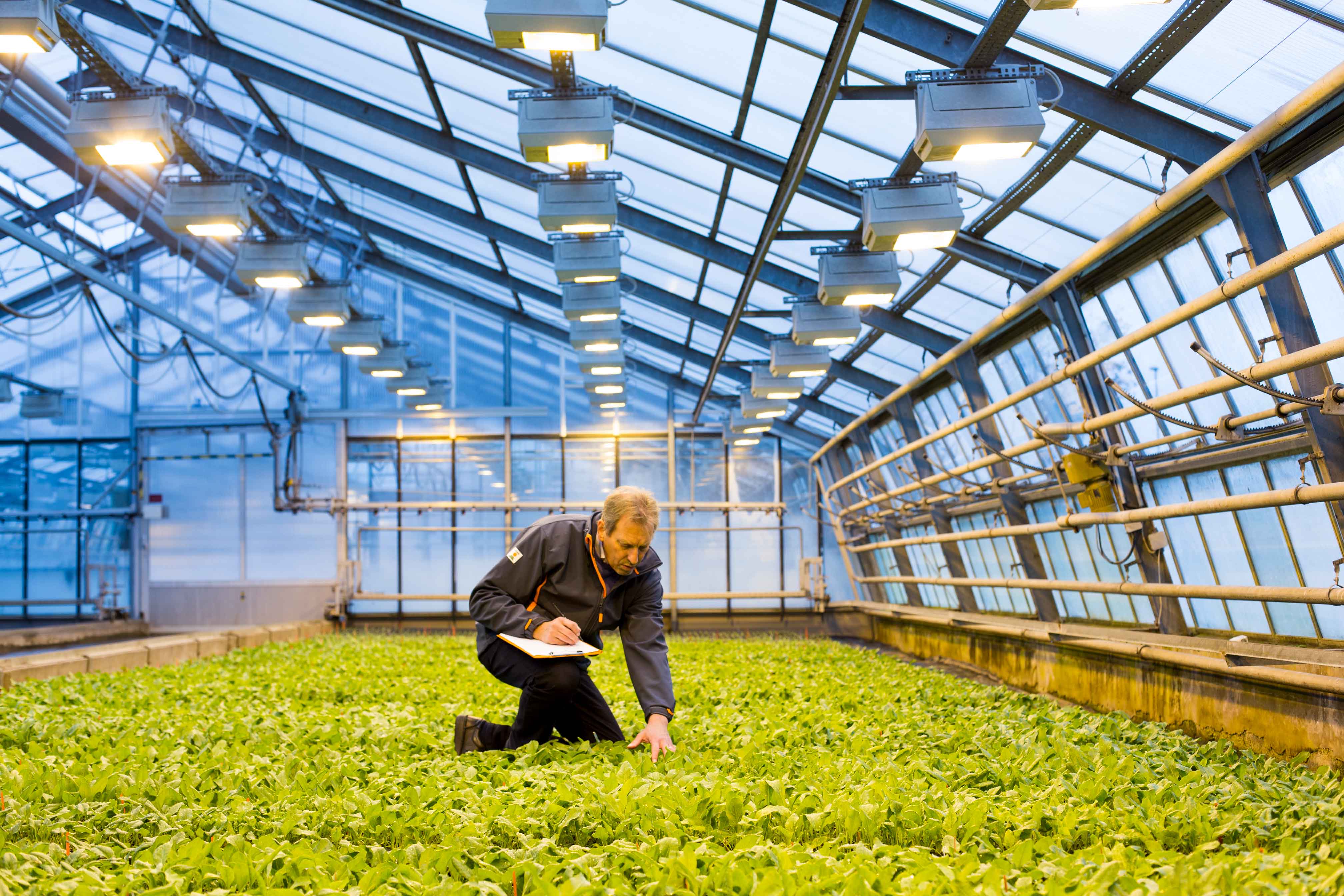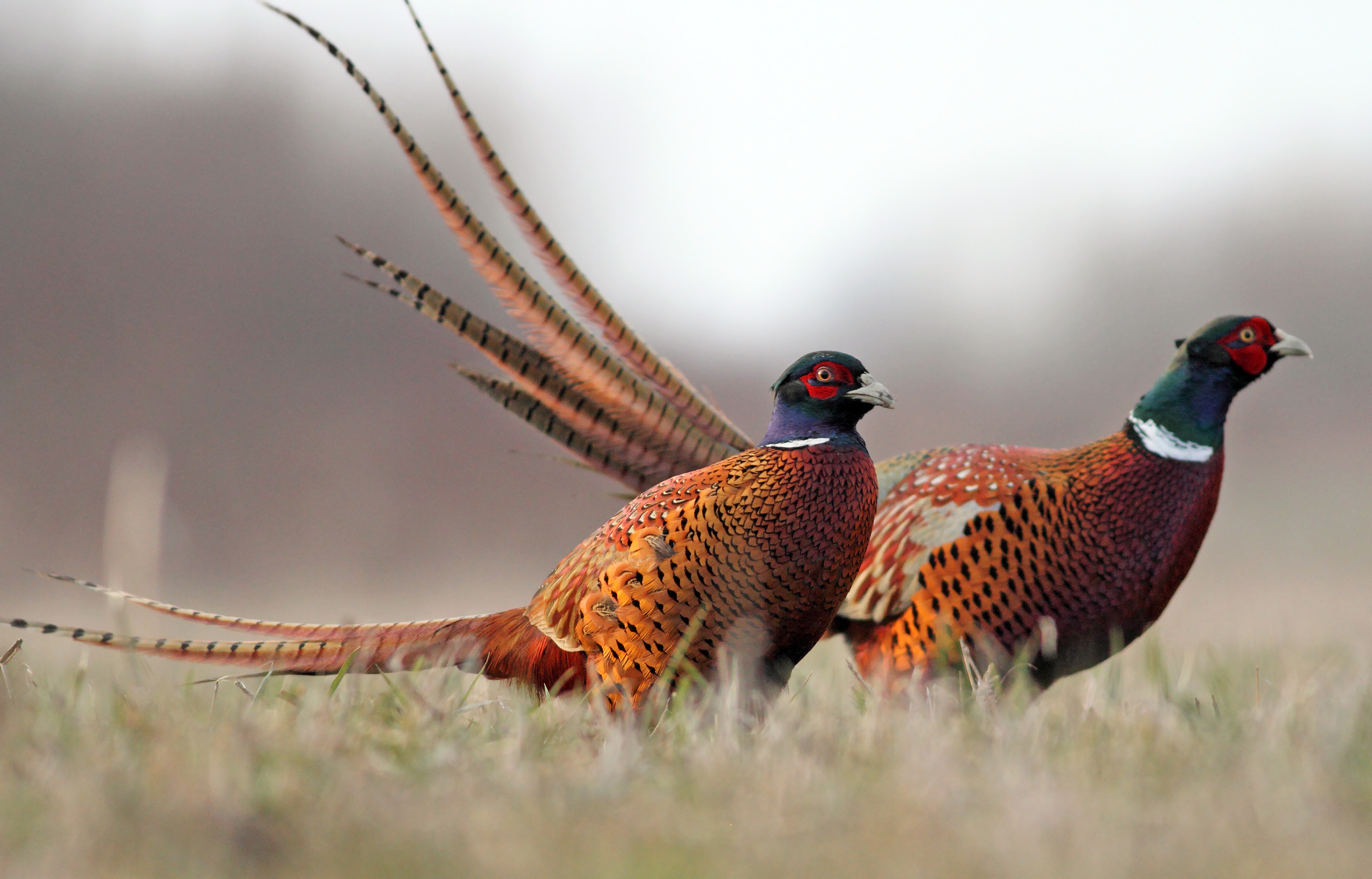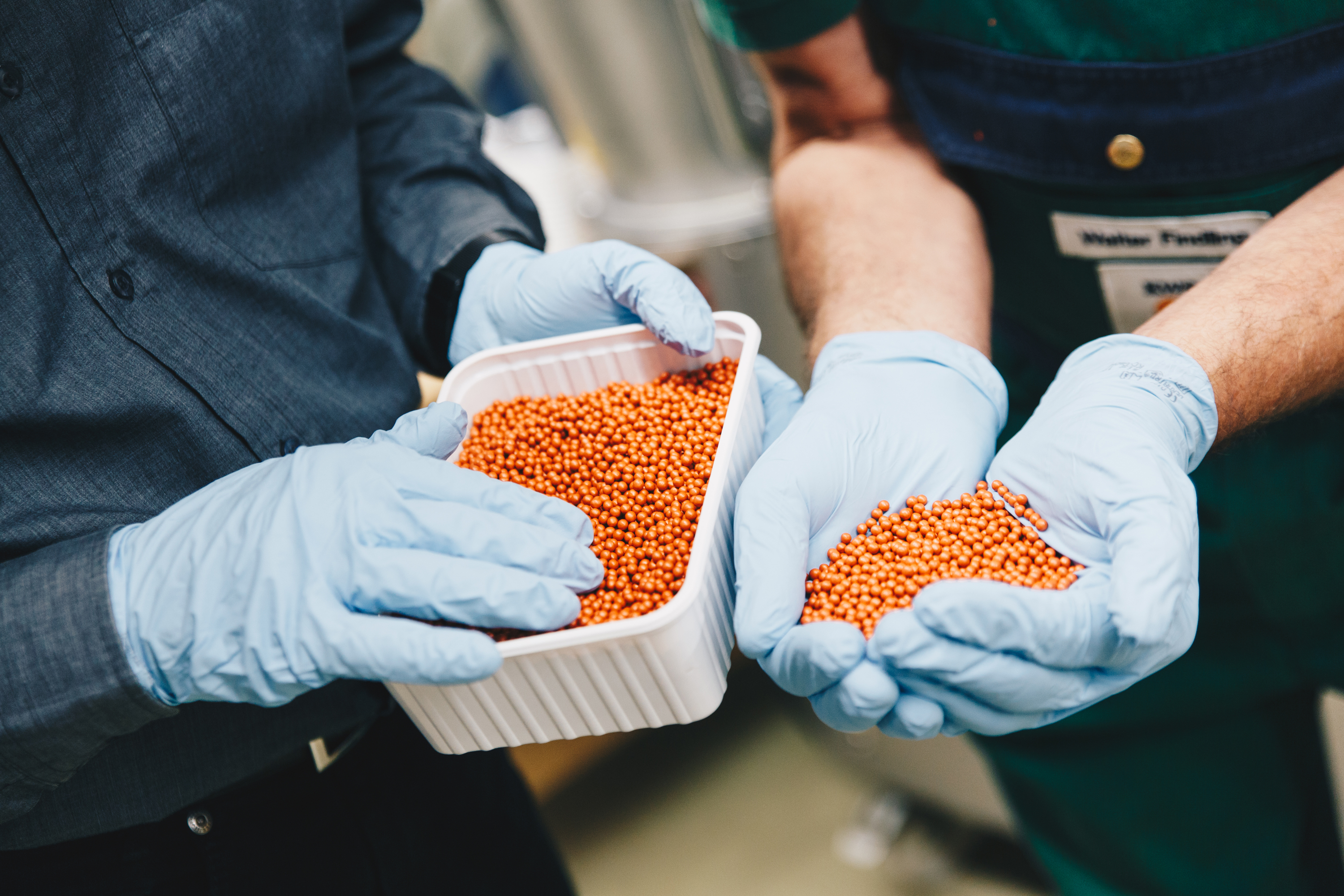Some call it “smart farming,” others “precision farming.” But both mean the same thing: tailored cultivation of a field with the help of data analyses and digitally controlled machines. They might be drones that are equipped with cameras, fly over the field and detect plant diseases. Or robots that automatically distinguish weeds from crops and then mechanically remove the weeds.
Broad basis for decision-making
Other machines collect information on the yield in the different areas of a field during harvesting and transmit the data to a digital field file. That often shows that the yield varies considerably within the space of just a few meters. By combining all this information, farmers can build a larger and larger database over time to enable them to make more reliable decisions.
Tailored and sustainable
Machines and digital technology also help farmers put this knowledge into practice: Seed, fertilizer, water or pesticides are no longer distributed evenly over the fields, but applied in a made-to-measure way, square meter by square meter. The result: the right quantities of fertilizer and seed at precisely the right spot. That conserves resources and contributes to sustainable agriculture – to the benefit of farmers and the environment alike.
New benefits – down to the precise centimeter
Drones and satellites that fly above fields at different altitudes enable precision farming. Their cameras detect the extent of land cover or the type of vegetation. Satellites fly over the same spot every few days. The consecutive images they take reveal how the plants in a specific field are developing. Smart algorithms can be used to analyze these photos and create new benefits: It is possible to identify the growth rate or a threat of disease, the canopy closure or the ideal time of harvesting – with an accuracy down to the last centimeter. Humans alone could not do any of that. Many universities, companies and start-ups are exploring the possibilities offered by this “Farming 4.0,” as it is sometimes called in reference to the term “Industry 4.0,” i.e. connected manufacturing.
Precise control
The European Union emphasizes the importance of precision farming. A study commissioned by the European Parliament comes to the conclusion: “Considering future societal and environmental needs, the main challenge for EU agriculture will be its ability to ensure a high level of productivity while improving the protection of natural resources. Precision agriculture is an information-based, decision-making approach to farm management designed to improve the agricultural process by precisely managing each step.”
DLG: Digitalization plays an outstanding role
“The objectives of producing food and protecting the environment may conflict with each other,” states a position paper of the German Agricultural Society (DLG). And: “(…) it is therefore necessary – specifically in Germany, a prime location for agriculture – to find solutions to conflicts that are supported by broad social consensus. What is needed are new, forward-looking concepts that are tailored to the variety of locations and strengthen competition. Digitalization will play an outstanding role in that.”
A billion-dollar market
Not least, the issue is of economic importance. Agricultural experts from the consulting firm Accenture estimate that the global market for digital agriculture services will grow to 4.55 billion dollars by 2020, noting: “Greater use of digital agriculture services is vital to not only improving a farm’s financial performance, but also to meeting the food needs of an expanding population.”

